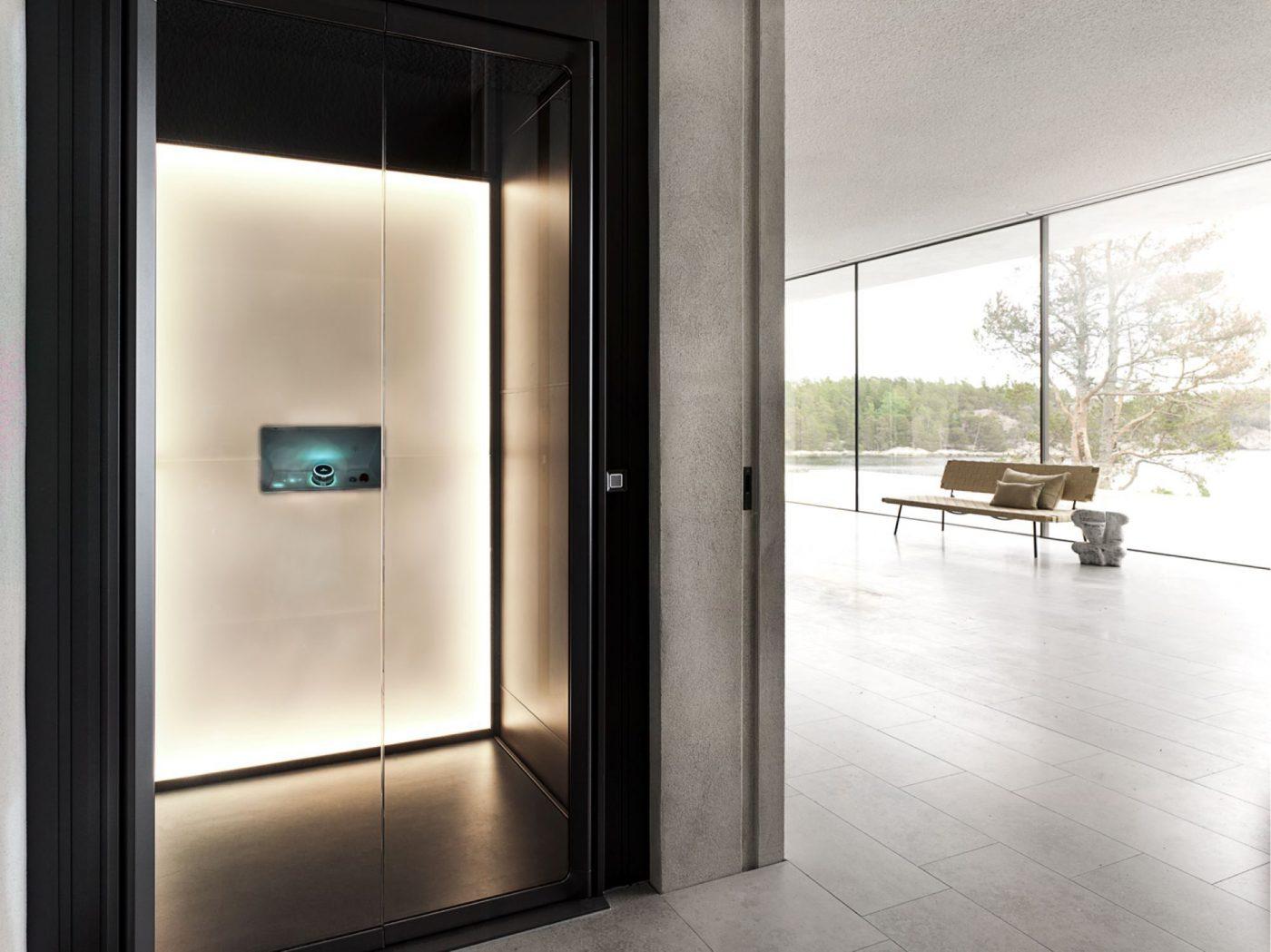London Lift Company: Relied On Specialists for All Your Upright Transport Demands
London Lift Company: Relied On Specialists for All Your Upright Transport Demands
Blog Article
Looking Into the Globe of Elevators: Usual Problems Faced by Different Lift Mechanisms
As we browse through the upright transport systems of modern-day buildings, lifts stick out as a crucial element of our every day lives. Nevertheless, behind their smooth operation exists a globe of detailed devices that can sometimes experience obstacles. From hydraulic lifts to traction systems and machine-room-less layouts, each lift type features its set of typical issues. Comprehending these obstacles is important for ensuring the smooth functioning of these essential systems. Let's check out the intricacies that underlie the operation of elevators and the possible issues that can occur, clarifying the intricate web of lift systems.
Hydraulic Elevators
Hydraulic lifts, usually chosen for low-rise buildings, use fluid stress to regulate the activity of the elevator automobile (lift repair companies). This system entails a hydraulic pump pressing oil right into a cylinder, causing the elevator to relocate the wanted instructions. While hydraulic elevators are known for their peaceful and smooth operation, they do include their own set of typical problems
One common issue with hydraulic lifts is oil leak. The seals in the hydraulic system can break gradually, causing oil infiltration. If left unaddressed, this not just develops a mess yet can likewise influence the lift's efficiency. In addition, concerns with the control system, such as damaged shutoffs or a malfunctioning pump, can create disruptions in the elevator's motion.
Regular maintenance and timely fixings are important to guarantee the smooth functioning of hydraulic lifts. By attending to these typical problems proactively, building owners can reduce downtime and make certain the safety and security and efficiency of their upright transport system.
Grip Lifts
When thinking about vertical transportation systems in structures, one more common kind other than hydraulic lifts is the grip lift. Traction lifts operate making use of a system of ropes and counterweights that relocate the elevator vehicle by clutching onto the hoist ropes. This system enables smoother and much faster vertical transport compared to hydraulic systems.
Among the typical concerns dealt with by grip elevators is rope wear. The consistent movement of the ropes within the grip system can lead to tear and wear gradually, potentially triggering the lift to malfunction or come to be hazardous for usage. Regular examinations and maintenance of the ropes are necessary to guarantee the lift's proper functioning and safety and security.
Another problem that traction lifts might experience is connected to the control system. Issues with the control system can bring about issues such as unpredictable movement, delays in action times, or also complete closures. Normal testing and maintenance of the control system are vital to stop such concerns and ensure the elevator's integrity.
Machine-Room-Less (MRL) Lifts

One of the key components of MRL lifts is the compact gearless traction maker that is mounted within the hoistway. This maker successfully drives the lift cars and truck without the demand for cumbersome devices found in standard grip lifts. In addition, MRL lifts typically use a counterweight system to stabilize the automobile, additional boosting their energy efficiency.
Despite their benefits, MRL elevators might deal with challenges associated with upkeep and repair due to the restricted room for tools installation. Access for servicing parts within the shaft can be limited, requiring specialized training for professionals. Proper maintenance timetables and routine evaluations are essential to guarantee the continued smooth operation of MRL elevators.
Overloading and Weight Restriction Issues
Overwhelming and Get More Info weight limitation issues are crucial worries in elevator procedures. Elevator suppliers design lifts with specific weight abilities to make sure guest security and tools longevity.
When elevators are strained, it places extreme stress on the electric motor, cable televisions, and various other elements, possibly causing malfunctions or breakdowns. Security devices such as sensing units and overload sensing units are in location to protect against elevators from moving if they find excess weight. In addition, surpassing weight restrictions can lead to enhanced energy consumption and wear and tear on the elevator system.
To alleviate overloading issues, constructing managers must plainly present weight restrictions in elevators and educate owners on the value of sticking to these limitations - lift repair companies. Regular upkeep checks by certified professionals can also help make certain that elevators are running within risk-free weight criteria. By attending to overloading and weight limitation problems proactively, structure owners can enhance elevator security and effectiveness
Electrical System Failures
Exceeding weight limitations in elevators can not only lead to mechanical issues but also potentially contribute to electrical system failures within the lift infrastructure. Electrical system failings are a critical concern in elevator procedure, as they can create unanticipated closures, breakdowns, or also safety and security risks.
Normal maintenance and examinations are vital to determine and resolve prospective electric issues without delay, guaranteeing the reliable and safe procedure of lift systems. By adhering to weight restrictions and conducting regular electric system checks, building proprietors can minimize the danger of electric failings in elevators.
Final Thought

Hydraulic elevators, often liked for low-rise buildings, make use of fluid pressure to regulate the motion of the lift cars and truck.When thinking about upright transportation systems in structures, one more usual type apart from hydraulic elevators is the traction elevator. Traction lifts operate making use of a system of ropes and counterweights that relocate the elevator cars and truck by gripping onto the hoist ropes. Unlike standard lifts that require a different equipment area to house the tools, MRL elevators integrate most of the components within the shaft, removing the demand for a committed machine area.In conclusion, elevators encounter usual problems such as hydraulic malfunctions, traction system failings, and electric system problems.
Report this page